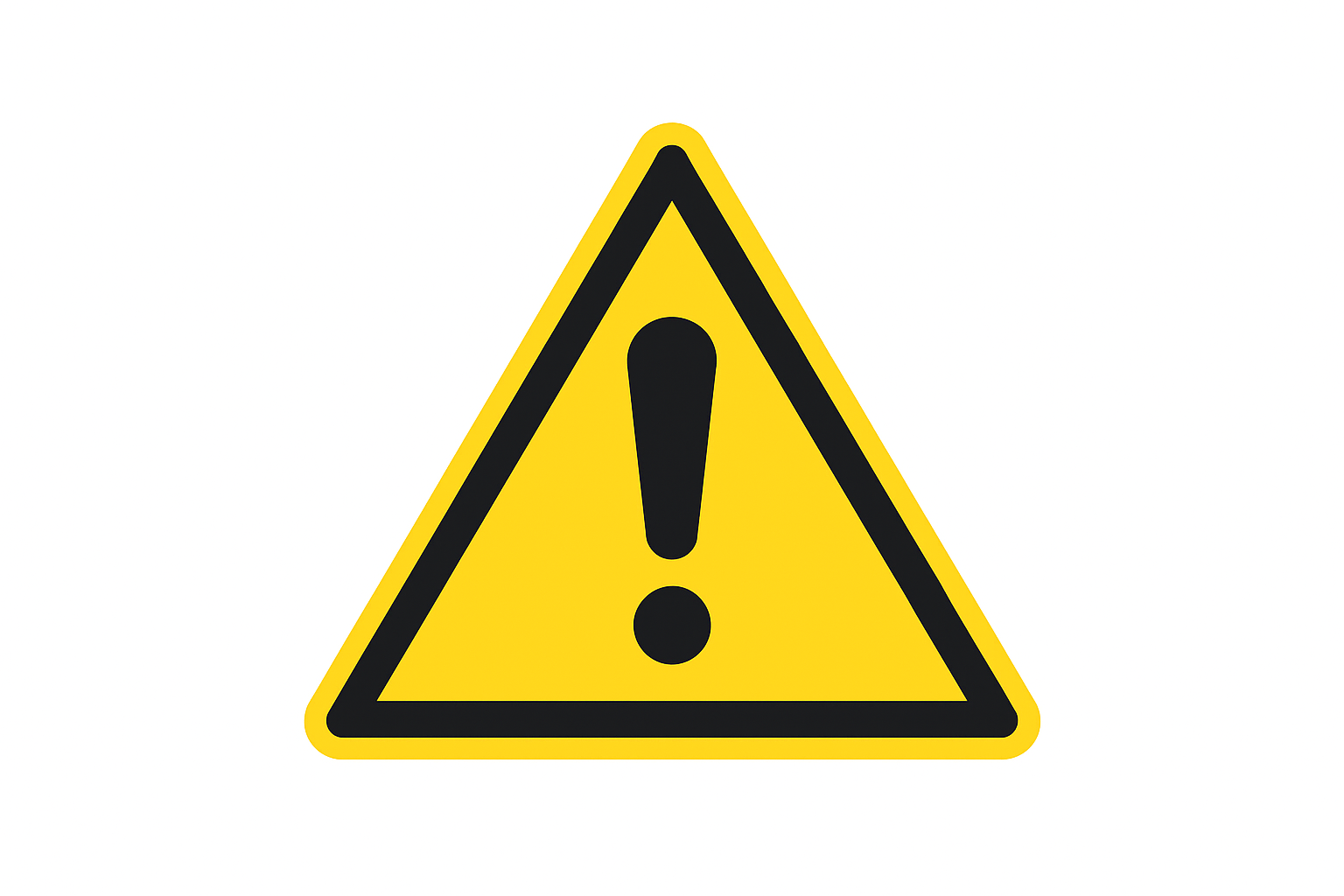
How to Handle Emergency Repairs During Property Inspections
When you’re in the middle of a routine property inspection and something suddenly breaks, leaks, or poses a risk—it’s no longer a typical walkthrough. Emergency property repairs during inspections are more common than many facility managers admit, and how you respond can impact tenant safety, operational costs, and your reputation as a third-party property manager.
What Qualifies as an Emergency Property Repair?
Before you can respond effectively, you need to know what qualifies as an emergency. During a property inspection, watch for:
- Gas leaks or strong chemical odors
- Electrical sparks or power outages in common areas
- Flooding from burst pipes or sewer backups
- Structural hazards (e.g., fallen ceiling tiles, cracked support beams)
- Security failures (broken doors or locks)
- HVAC breakdowns in extreme weather conditions
These situations demand an urgent inspection response and should be addressed before the inspection proceeds.
Step-by-Step: How to Handle Facility Maintenance Emergencies on the Spot
Here’s a quick protocol for managing emergency repairs discovered during an inspection:
1. Assess and Secure the Area
Immediately evaluate the risk level. If tenant safety is at risk, evacuate the area or restrict access. Document the issue with photos and notes.
2. Notify Key Stakeholders
Inform building owners, tenants (if applicable), and your maintenance team. Use your facility’s preferred communication protocol—whether that’s SMS, app alerts, or email.
3. Deploy Your Emergency Maintenance Team
Ensure your vendors or in-house maintenance staff are ready for facility maintenance emergencies. Maintain an up-to-date emergency contact list with availability hours.
4. Log the Incident in Your Inspection Report
Even if the issue is resolved quickly, it must be documented. Include:
- Nature of the emergency
- Time of discovery and response
- Action taken
- Any follow-up required
This protects you legally and ensures proper property maintenance tracking.
5. Follow Up and Communicate With Tenants
Once the issue is resolved, update any affected tenants. Clear communication reinforces trust, especially when tenant safety is involved.
Tools and Tips to Stay Prepared for On-the-Spot Repairs
- Mobile facility management software allows real-time reporting and dispatch.
- Keep an emergency repair kit on-site for minor fixes.
- Train your inspection team on basic emergency protocols.
- Develop a standard emergency response plan for all property types you manage.
Be Proactive, Not Just Reactive
Emergency property repairs during inspections may be unpredictable, but your response doesn’t have to be. A well-prepared property manager knows how to turn a potential liability into a moment of professionalism. With the right tools, training, and protocols, facility maintenance emergencies can be resolved quickly—protecting property value and ensuring tenant safety.




